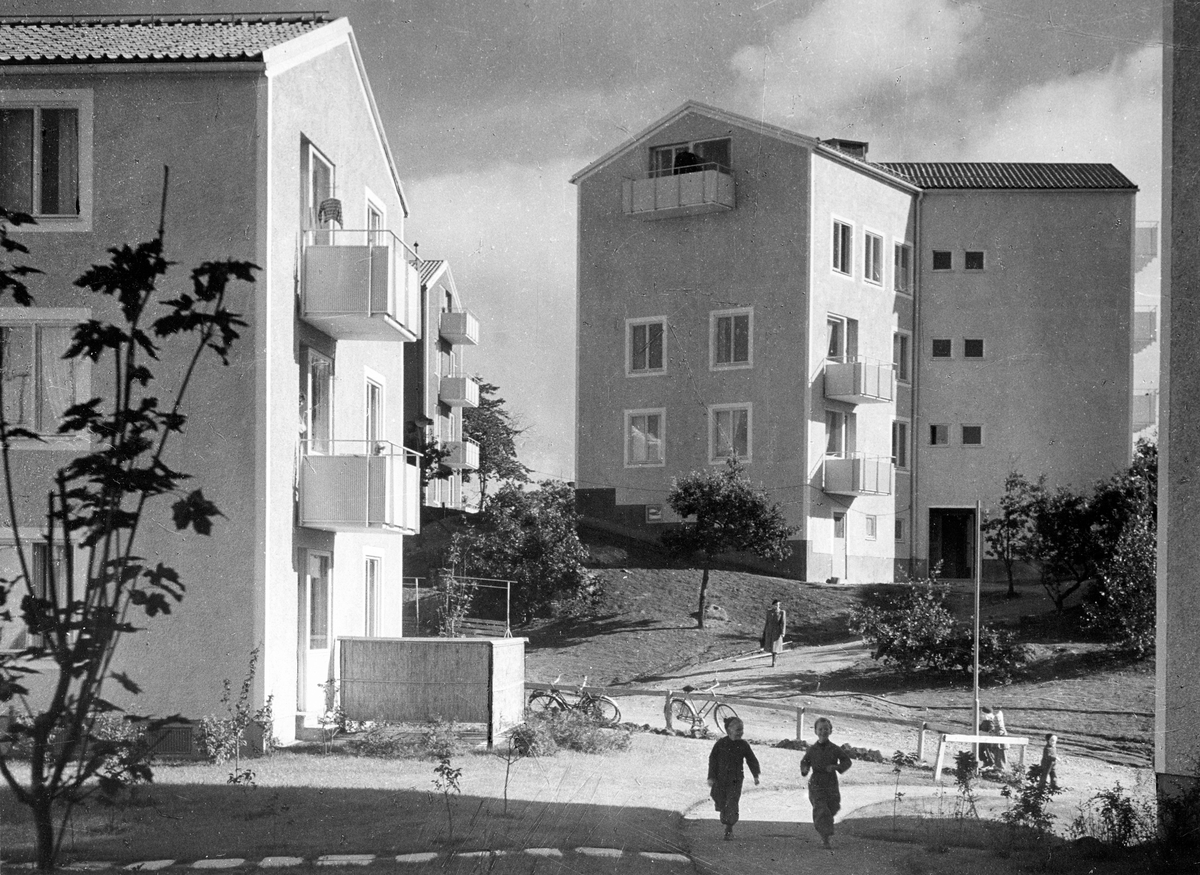Designing Urban Welfare, Stockholm 1930s-2000s
This seminar week aims to broaden our understanding from ‘welfare architecture’ to ‘welfare landscapes’, and to explore the role of urban design in shaping these landscapes.

The role of architecture in materializing the political agenda of welfare societies continues to inspire today. While it is well understood how the welfare state gave rise to public housing programs and specific building typologies such as cultural centers and leisure infrastructure, the role of urban design in shaping these various elements into urban living environments is less well known. In line with recent scholarship on so-called ‘welfare landscapes’, this seminar week aims to broaden our understanding from ‘welfare architecture’ to ‘welfare landscapes’, and to explore the role of urban design in shaping these landscapes.
Taking the urban history of Stockholm as our guide, we will visit a series of emblematic projects from the 1930-40s, when the Social Democrats started to formulate the Folkhemmet ideology (the state as ‘the People’s Home’), to the 1950s so-called ABC towns, the 1960-70s Million Programme housing, and to the various urban developments from the 1980s to today, when welfare state policies started to be eroded by neoliberal logics.
Cost framework: B (251–500 CHF*) including hostel, local transport, entry tickets, and one collective meal (excluding transport to and from Stockholm).
We will meet and stay the whole week in Stockholm, relying on public transport for all our travels. Students can choose to travel to Stockholm by train or plane, and to travel earlier or stay longer. A short information moment is planned in our chair on Thursday 19 September, 18h-19h.
Enrollment is open until September 6 at 13:00 on this link.
Contact
Geschichte u.Theorie d. Städtebaus
Stefano-Franscini-Platz 5
8093
Zürich
Switzerland